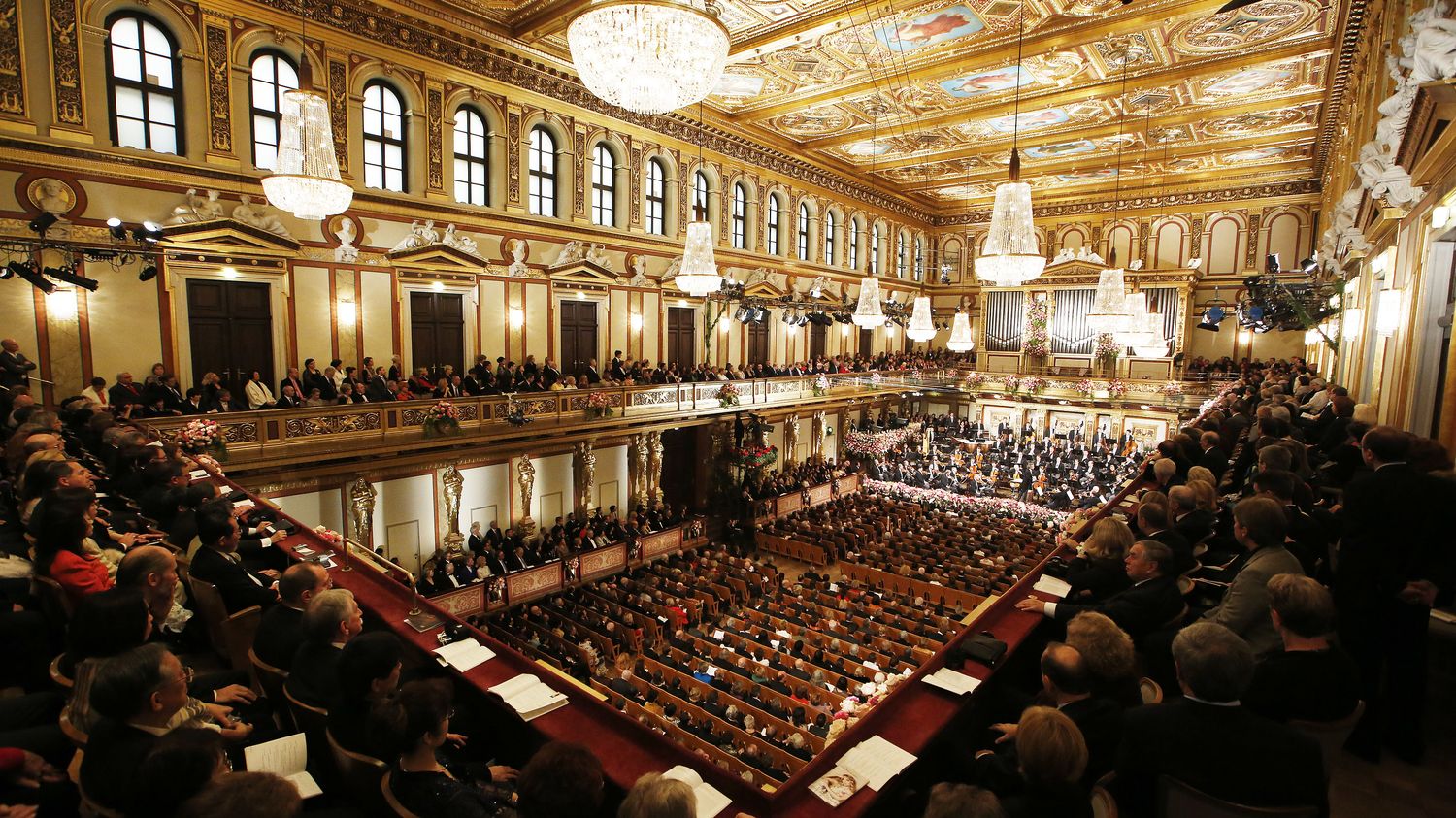Tens of millions of listeners and viewers around the world follow the Vienna Philharmonic Orchestra’s New Year’s concert in Austria every year.
Published
Reading time: 2 min

It’s the largest classical music event in the world: the New Year’s concert of the Vienna Philharmonic Orchestra, Austria. Followed every January 1 by tens of millions of listeners and viewers around the world, this year it will be conducted by German conductor Christian Thielemann.
A concert to celebrate peace
The history of the Vienna Philharmonic’s New Year’s concert is intertwined with that of Austria. The first was given in 1939, in Austria annexed by Nazi Germany. It then gradually evolved into a global event, explains Daniel Froschauer, director of the Vienna Philharmonic: “In 1939, there were heated discussions because it was thought that no one would come to a concert on January 1st. And we can say that until the 1980s the New Year’s concert was very watched and appreciated but it was not not international in scope. It later became so. This concert was born during a difficult period, but today we want to celebrate peace through it.”
To prepare for this concert, followed by more than 50 million people around the world, the musicians have three days of rehearsal and two concerts on December 30 and 31. But in a way, they prepare for it all year long. Because the rhythm of the orchestra is intense, explains Anneleen Lenaerts, a young Belgian harpist who will play on January 1: “First of all, we have operas every evening but also concerts every week in Vienna and a tour. In general, we only have three weeks free in the year so we see each other practically every day.”
“Every concert has its pressure but obviously, knowing that millions of people are going to watch this one, people who normally don’t care about classical music, it’s a different energy with great pride.”
Anneleen Lenaerts, harpist of the Vienna Philharmonic Orchestraat franceinfo
Broadcast in 90 countries
The conductor of the concert changes from one year to the next. The program can also vary but the fundamentals remain, namely the music of the Strauss dynasty, extremely famous music, which is far from easy to play, says Albena Danailova, concertmaster: “Everything has to take place with a certain lightness so that the concert sounds as festive as we imagine. The audience has to say to themselves, ‘Strauss is so easy!’ But that’s not the case, it’s more difficult to play than Wagner. Every detail is important. Everything has to be exactly in its place in order to convey that feeling of joy and dancing.”
The concert is broadcast live in more than 90 countries, and can be followed live on France Musique from 11 a.m.
